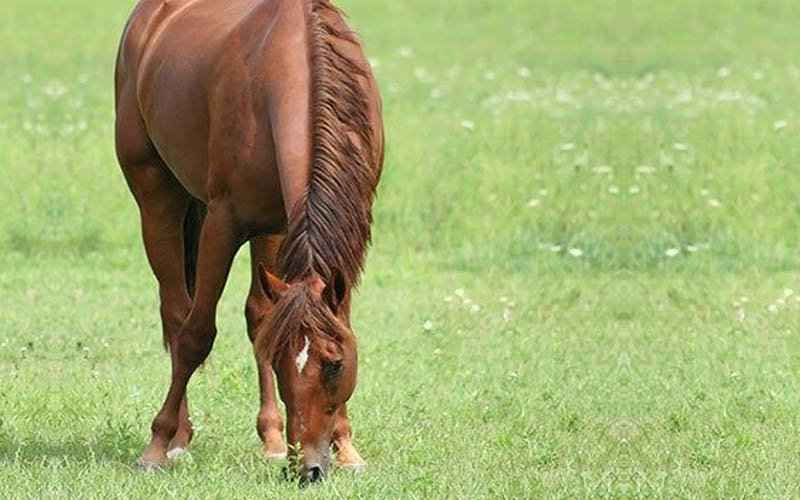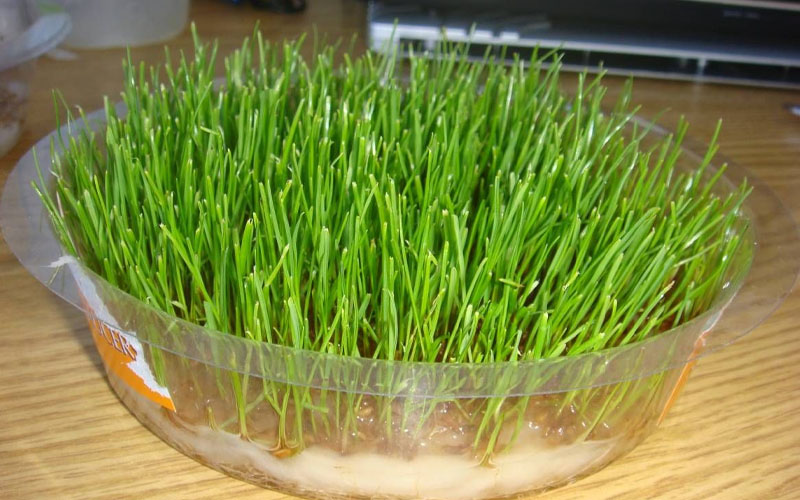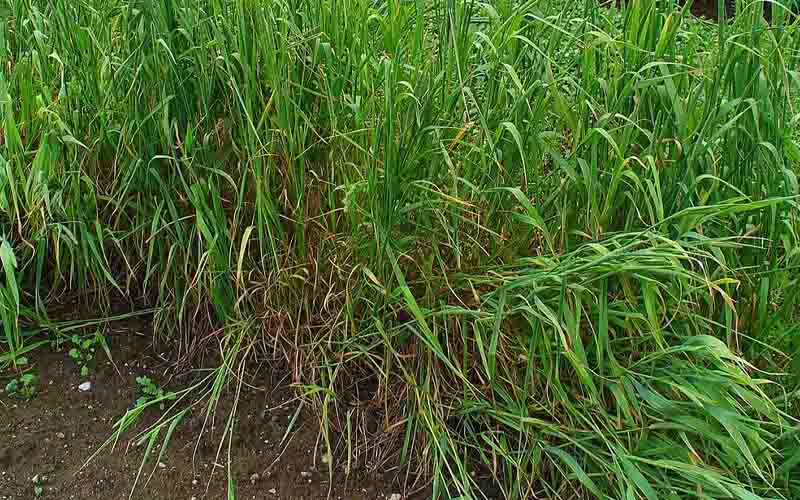Do you wonder what to give to your pets that’s nutritious, in abundance and completely economical? If yes, you should try Timothy Grass.
Haven’t heard about it before? Well, here is the detailed guide on timothy grass, its identification, seeds, benefits and uses, and of course growing guide.
Table of Contents
Timothy Grass – What it is?

Timothy is a perennial grass from genus Phleum and is very useful to be utilized as a tooth strengthening and fiber rich food for animals.
| Scientific name | Phleum pratense |
| Genus | Phleum |
| Common names | Timothy grass, meadow cat’s tail, common cat’s tail |
| Available in | Entire Europe |
| Uses | Anti-allergen, fodder, hay |
· Timothy grass identification

It grows 19 to 59 inches tall. It also has leaves that are hairless, broad, and rolled in shapes while the lower sheath of the leaves turns brown once they are mature.
The leaves end up to flowerheads 2.75 to 6 inches tall and up to 0.5 inches broad and have densely packed spikelet.
Being a grass, timothy got no rhizomes or stolon, neither auricle.
· Timothy Grass Smell:
Timothy hay is nothing but just grass and when freshly cut, it has a grassy smell. However, when dried for too long, it becomes smell-less.
· Timothy Grass Color:
It is fresh green in color if you see brownish or greyish stems that just mean the grass is not fresh.
On the other hand, by staying wet for too long such as being in rain can get timothy grass changing its colors.
· Timothy Grass Taste:
Humans can eat many types of grasses however timothy is not known to be eaten by humans. It is a great hay for rodents like guinea pigs and horses.
However, be aware that timothy is not toxic to humans at all. It can be chewed on for some sweet and sultry taste and you can spit out the remaining threads or fibers.
Timothy Grass Uses and Benefits:
1. Used as Hay for horses:

The main use of this grass is usage as a hay for horse food and cattle food. Main thing is, it is rich in fiber specially when dry and horses like to bit on it this way.
2. Livestock Food:
When timothy is fresh and green, it becomes the great source to give protein rich diet to your domestic animals such as hens, ducks, goats and sheep etc.
These animals love to have their mouth filled with fresh grass however they might won’t enjoy dry form of timothy grass.
3. Economical staple food:
Domestic rabbits, guinea pigs, chinchillas, and degus are also fed on timothy grass because these animals eat too much and need so much to eat.
Timothy makes a perfect staple food for such animals as is cheap, be grown easily, and yet is extremely economical and bulky.
4. Timothy grass Important ingredient for allergy and hay fever vaccine:
Pollen allergy is common among the harvesting season however timothy grass has proven to be a good ingredient to keep from such allergies.
This vaccine increases the body immunity to build a strong wall so that body doesn’t respond to pollens or pollen allergy.
5. Timothy grass for lawns is beautiful addition to your yards:

This grass is extremely easy to grow in the lawns and yards and looks very elegant with its fluorescent and beautiful leaves.
It will be an incredible addition to your yard if you are looking to see it green in less time and less resources.
Now you must be thinking how to grow timothy grass, right? Here you go with easy ways of growing timothy grass for lawns:
How To Grow Timothy Grass:

As an overview, timothy grass for lawns you will need:
- Heavy soil
- It can grow in sandy soil that’s even poor and dry
- It is not pasture grass because there it doesn’t grow well
- The growth becomes slower after every harvest
Timothy is the grass of scarce resources so, don’t worry about dry, scarcity of water, and cold weather.
Unlike timothy, Utricularia graminifolia is another grass type that grows well in heavy water storages such as fish aquariums.
1. Growing Season:
Timothy grass is generally sown in spring or summer. It grows so well and easy during this season and within 6 weeks gets ready to harvest.
2. Soil Condition:

Sandy and clay rich soil is best to grow this grass.
Soil doesn’t need to be so notoriously rich as it can do well in dry soil as well. However, for better and faster growth, you produce an amended soil by mixing chemicals and organic ingredients.
Besides this, take care of the soil Ph that should be 6.5 to 7.0 to make growth. A soil test can be conducted every 6 months and later amended by adding lime to maintain its Ph level.
3. Timothy soil seed:
Timothy soil seed when it comes to sowing must plant ¼ to ½ inches deep inside the soil. You will make a firm seedbed to get the heavy and even grass growth.
4. Watering:
Timothy grass only tolerates the wet and dry conditions side by side. It needs slightly dry state intervals between growing. Therefore, right after sowing seeds you need to keep the soil moderately moist.
5. Fertilizer:
Like all other grass types, timothy grass also needs nitrogen availability during the growing season that lies between spring to summer.
It will enhance the per harvest yield of timothy grass.
6. Harvesting:
Within 50 days of sowing, the grass yield will become ready to harvest. One more thing, after harvest the regrowth of the soil will become slower.
For this, you can plant the timothy grass seeds after every six months to get perfect yield and growth.
Timothy grass care:

Timothy grass doesn’t need so much care as it is just a grass. However, in extreme severe conditions you need to be a little careful.
Such as:
- Make sure that soil receives dry intervals between watering
- The harvest is done after almost 50 to 70 days after sowing
- If there is rain, make sure to cover the grass with some parachute paper as it doesn’t tolerate the too much dense soil.
- Too much wet soil can turn the leaves yellow.
Bottom Line:
This is all about timothy grass. If you don’t have a deep soil ground and need greenery on a barren land, you can go for getting biodegradable grass seed mats. They will fill your whole yard with fresh green grass in no time.
If you have any more questions, please do write to us by commenting below.

